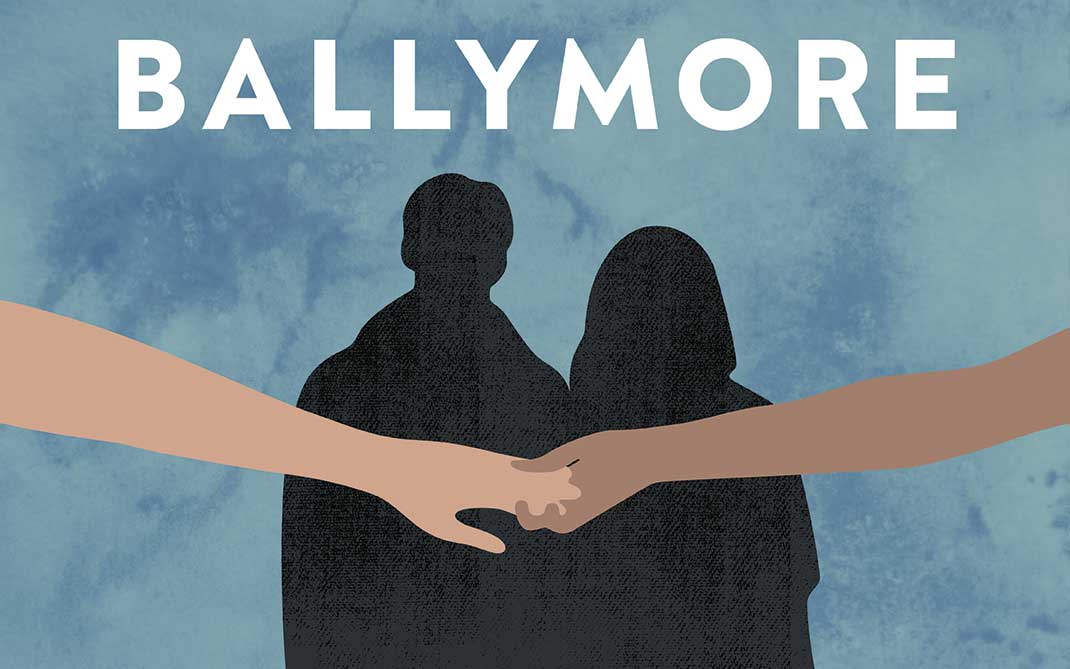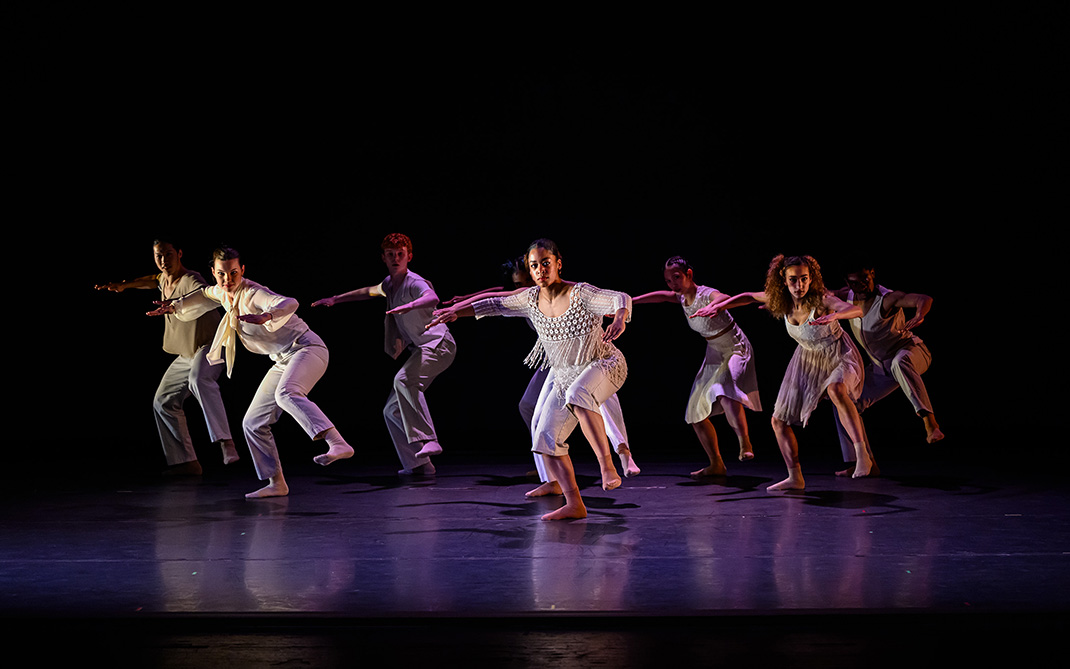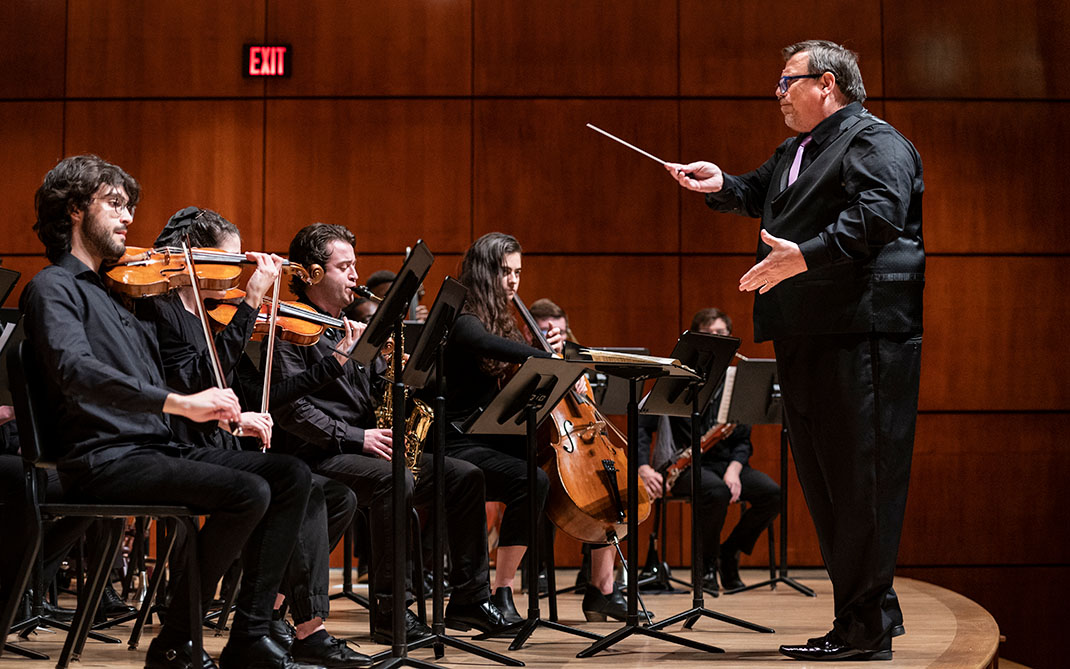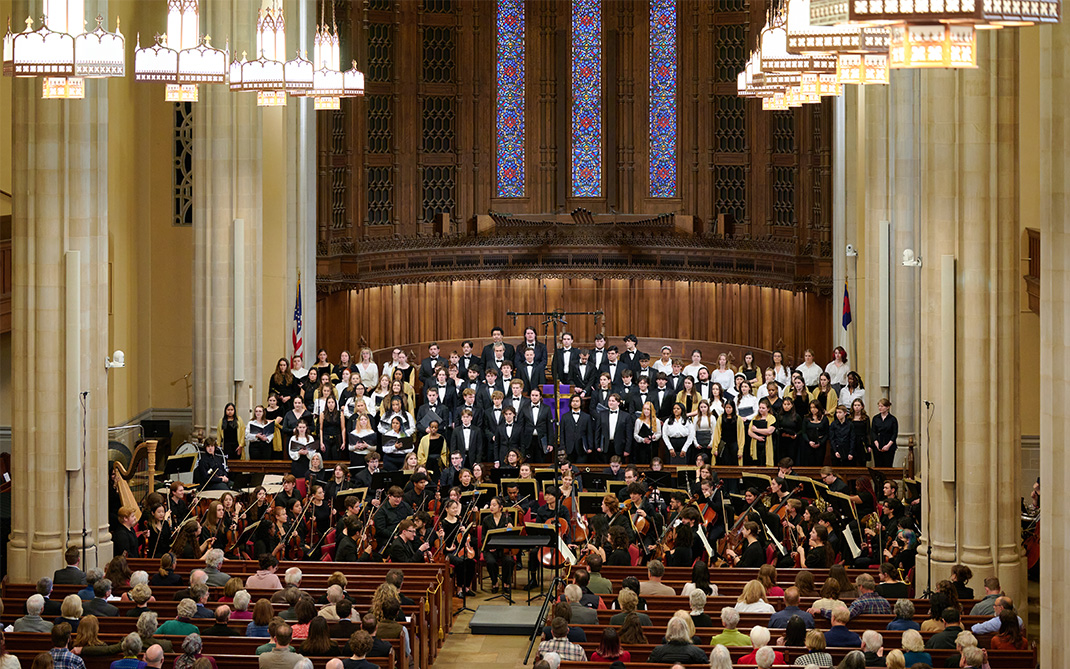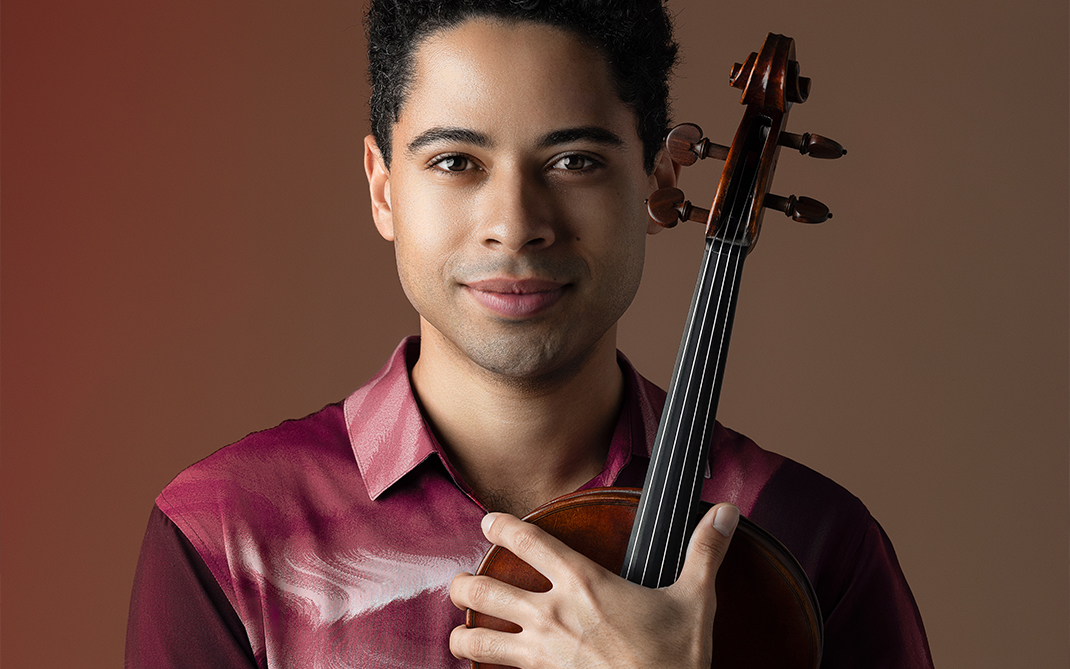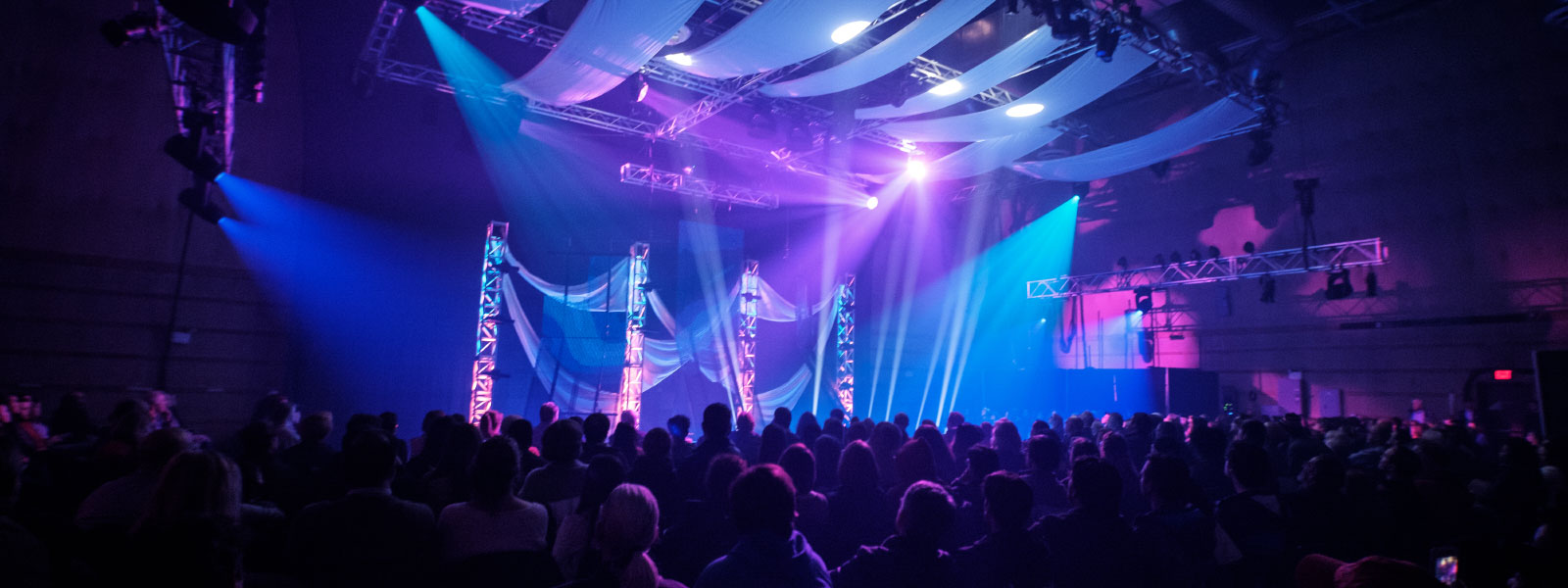Clifton Taylor shares importance of stage lighting design, how it's changing
In the limelight, under the spotlight. Terms like these, borrowed from stage lighting, have found their way into our everyday language, a testament to the inextricable link between lighting and the experience of the theater. And, yet, like so many other elements of a good show, lighting is often taken for granted or goes unnoticed altogether.
Unless, perhaps, you’re a stage lighting designer. For Clifton Taylor, it’s a way of life, a calling, a vocation. There’s hardly a time the industry veteran and UNCSA Lighting Design instructor can remember when he wasn’t at least interested in lighting.
He’s spent the better part of the last three and a half decades creating and thinking about stage lighting design for dance, theater, music and opera productions around the world. He knows the power lighting brings to a piece and he’s excited about the possibilities the advent of new technologies are bringing to the world of lighting design.
What is involved in stage lighting design?
At its simplest, stage lighting design is about illuminating the stage for a production. And in providing that illumination, Taylor says, the lighting designer is part artist, part craftsperson. “I think of myself as a storyteller, but I’m also an interpreter and a translator. I spend part of my life talking about art and I spend part of my life collaborating with very talented electricians and craftspeople so that we can create the lighting together.”
As a lighting designer, one has to be able to collaborate—with directors, choreographers, other designers, technicians—and be open-minded. There is no formula, Taylor says, for the lighting design process, because each production and each group of collaborators is different.

Sample lighting plot from "Four Quartets" at the Barbican Theater, London. Taylor is the lighting and scene designer for the piece.
See an enlarged version of the lighting plot here.
The deliverable product of that collaboration for a lighting designer is the lighting plot (see above), but the placement and positioning of equipment is just one part of the process. Not until performers are on stage, is the lighting designer able to finalize his or her work.
“The technical rehearsal is where the bulk of my work is happening,” Taylor says. “That’s where we’re making decisions about how things really are going to look.”
Why is stage lighting design important?
It’s about illumination, yes, but it’s the storytelling aspect of stage lighting design that takes the craft from the technical to the artistic.
“Lighting creates mood and an emotionally responsive space. Lighting can create architecture and it can manipulate our sense of space,” Taylor says. “It also has a deep connection to music and rhythm and, especially, an audience’s experience of time … Those are things that define the human experience and lighting gets involved in all of those questions.”
Taylor’s work on the production of “Four Quartets” underscores the simplicity and emotion stage lighting design can evoke. The piece includes a reading by Kathleen Chalfant of T.S. Eliot’s four poems of the same name, choreography by Pam Tanowitz, music by composer Kaija Saariaho and paintings by American artist Brice Marden. Taylor designed the scenery and lighting.

Performance of "Four Quartets" at the Fisher Center, Bard College. / Photo: Maria Baranova Photography
“In the center part of the show, the most intimate moment, we take away all of the scenery and reveal the bare theater,” Taylor says. “We bring the lights very low and create a black void. There’s a dance for two dancers—the oldest dancer and the youngest dancer in the company. There’s an imparting of wisdom … done only with light and with dancers.
“It’s like the essential part of the world is revealed in that moment, which is that it’s only us trying to help each other. The trappings of the world are stripped away and what we’re left with is light and people.”
What changes are happening in the industry?
Stage lighting design, as we think of it today, is a relatively young craft at about 100 or so years old. And the technology has continued to evolve quickly, even since Taylor was an undergraduate at New York University in the 1980s. The latest “revolution” comes in the form of LED lights, which fundamentally change the way lighting designers and technicians think about color and light.
Taylor’s book, “Color & Light: Navigating Color Mixing in the Midst of an LED Revolution, A Handbook for Lighting Designers,” explores this topic.
He explains the changes like this: “Since the beginning of our work with electricity and light, we’ve been dealing with sources of light that basically put out white light and how we can filter that light to create color.” He compares this to an artist starting with a slab of stone that is carved to create a sculpture.
With LED technology, the artist is able to pinpoint exact locations and add material precisely to build the sculpture from the ground up, much like a 3D printer.
What’s happening is this kind of experiment in the world of the theater of, ‘What’s the nature of a color palette?’ ... This is a whole new area of exploration for us as lighting designers.
Clifton Taylor
“This is a sea change in how we consider color,” Taylor says. “What’s happening is this kind of experiment in the world of the theater of, ‘What’s the nature of a color palette?’ Should it be for a show, should it be for a scene, or should it be for one moment in a show and then the next moment, maybe all the color changes? This is a whole new area of exploration for us as lighting designers.”
How does one begin a career in stage lighting design?
For Taylor, lighting design was an interest from a young age. “It’s a vocation for me,” he says. “I’ve never really done anything else.”
The next step in that vocation is sharing his expertise with the upcoming generation of lighting designers and technicians. And the hands-on, experiential learning style in UNCSA’s School of Design & Production, he says, is the perfect way to do that.

Audience members and lighting at Photona, the School of Design & Production's annual showcase of senior lighting students. / Photo: Raunak Kapoor
“People come to this school knowing maybe they want to be involved in lighting, but they don’t know what it means beyond that,” Taylor says. “The lighting faculty, led by the Broadway Production Electrician Eric Rimes and including the master programmer Josh Selander and the lighting designer Al Crawford, works together to introduce them all to the different jobs that it takes to create lighting for a production.”
“The way you find your way in is by experiencing it,” he adds. “It’s good to have this experience in a lot of different areas and be able to say, ‘This is what fits with my idea of myself.’”
And in stage lighting design, it’s having the ability to see deeply that Taylor wants to cultivate. “Our work is lab-based—we’re constantly turning lights on and off, considering color, changing color, changing angles,” he says of the Lighting Design program. “At all levels of classes that I’m teaching we’re doing work that involves actually looking at light and trying to figure out how it can tell stories.”
September 23, 2019
